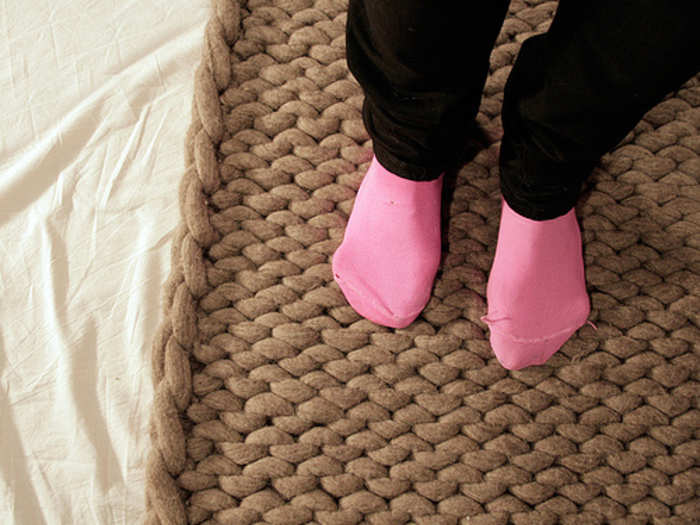- Home
- slideshows
- miscellaneous
- 'Forever chemicals' linked to cancer and developmental issues lurk in the blood of almost every American. Here's how to avoid them.
'Forever chemicals' linked to cancer and developmental issues lurk in the blood of almost every American. Here's how to avoid them.
Clothing that's billed as "waterproof" or "stain resistant" may contain PFAS.

Ski wax contains PFAS, but it's mostly a problem for people who work with the product.

When it comes to toxic chemicals, the dose matters: People exposed to PFAS on a regular basis generally have a higher risk of experiencing negative health effects.
Technicians who work with ski wax, a product that often contains PFAS, may be particularly vulnerable.
In 2010, a Swedish study found that workers who waxed skis as part of their job showed elevated levels of PFAS in their blood compared to the general population. That was likely because the workers ingested chemicals after they were released into the air.
But DeWitt said you don't have to work with PFAS constantly to be susceptible to health problems.
"We haven't yet fully recognized all of the ways in which people are susceptible," she said. "There are some individuals who might experience adverse health effects at very low concentrations of PFAS in their blood."
PFAS can be found in personal-care products like hairspray and foundation.

In 2018, the Danish Environmental Protection Agency found PFAS in various beauty products, including foundation, concealer, hairspray, and eyeliner.
That research relied on data from the Environmental Working Group (EWG), which examined 75,000 cosmetics and personal-care products, nearly 200 of which contained PFAS. The EWG has made its database public so consumers can research products on their own.
DeWitt said the Green Science Policy Institute, which she has worked with, is also helpful for screening household items.
Carpets or rugs are a primary source of PFAS exposure for toddlers and infants.

Determining whether a household item contains PFAS is "a really challenging situation," since there are nearly 5,000 variants of the chemicals, DeWitt said. Even as a PFAS researcher, she can't be certain that a new carpet she purchases is PFAS-free, she said.
In 2018, a group of watchdog organizations tested a small sample of US carpets and found that six of the nation's largest carpet manufacturers used PFAS in their products.
The National Center for Environmental Health has also identified carpeting as a major source of PFAS exposure for infants and toddlers, who are likely to put their hands in their mouths after touching the material.
PFAS can leach out of microwave-popcorn bags and fast-food wrappers.

DeWitt said food packaging can be a direct source of exposure to PFAS, since the chemicals can leach from the package into your food.
In March 2018, Washington became the first US state to ban PFAS from food packaging, including microwave-popcorn bags and fast-food wrappers. A few months later, San Francisco banned PFAS from single-use food containers, utensils, napkins, plates, straws, trays, and lids.
Last year, three environmental watchdog groups found PFAS in paper to-go boxes and one type of sandwich wrapper used at Whole Foods. The items were replaced with PFAS-free versions.
Drinking water could also be contaminated with PFAS in areas where firefighting foam was used, like near a military base.

Starting in the 1970s, PFAS were used in firefighting foam for military training exercises and emergency response efforts. The chemicals seeped into groundwater, contaminating water supplies and locally grown food.
A map from the Environmental Working Group shows more than 700 areas that have been contaminated with PFAS across 49 states in the US. More than 200 of these locations are around military sites. PFAS have also been found near industrial plants, where manufacturing companies may have dumped the chemicals into the environment.
"If you look at their map, the sites of contamination grow over time," DeWitt said. "If you live in a spot right now that doesn't have any PFAS contamination around it, that could change —
especially if where you live hasn't been sampled."
Popular Right Now
Advertisement